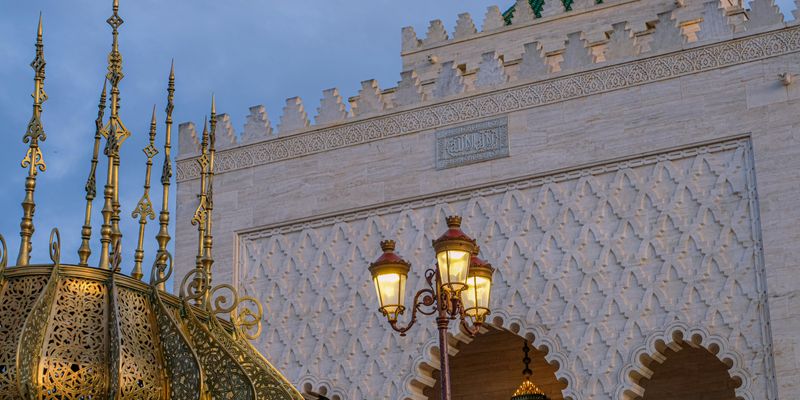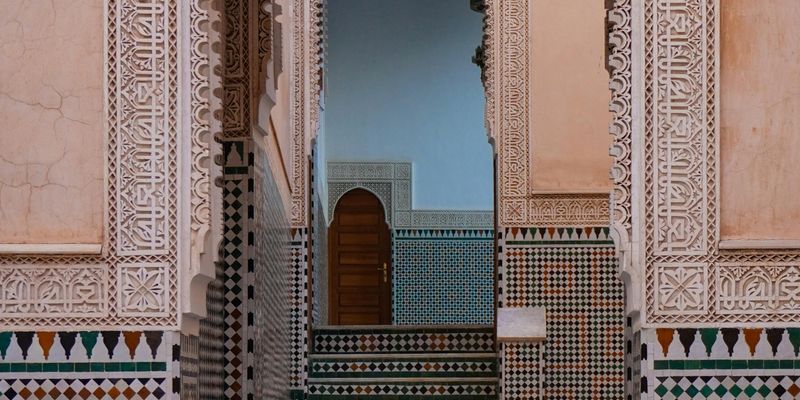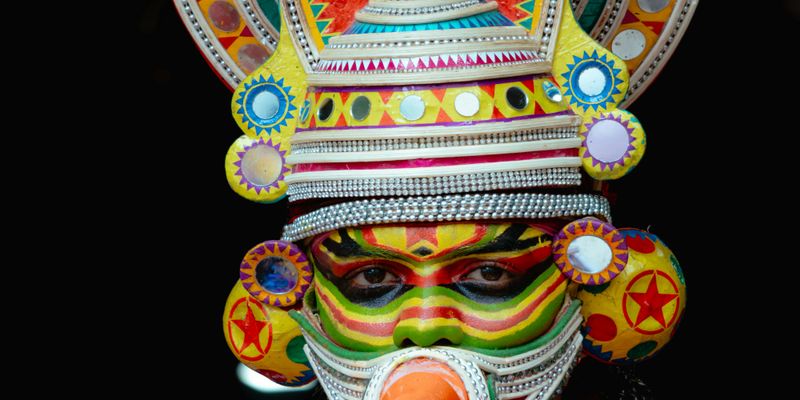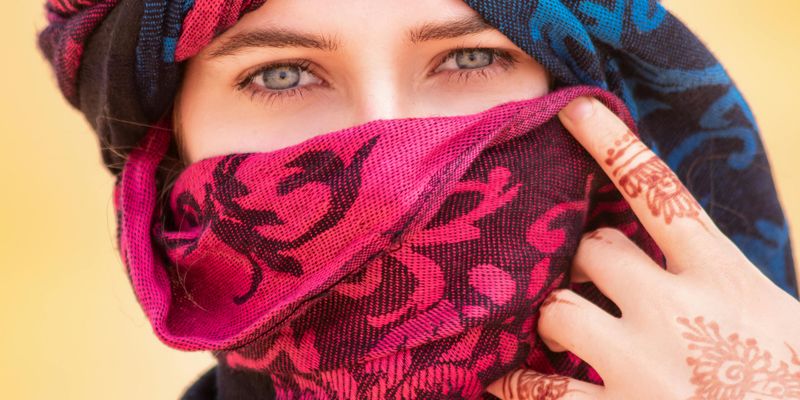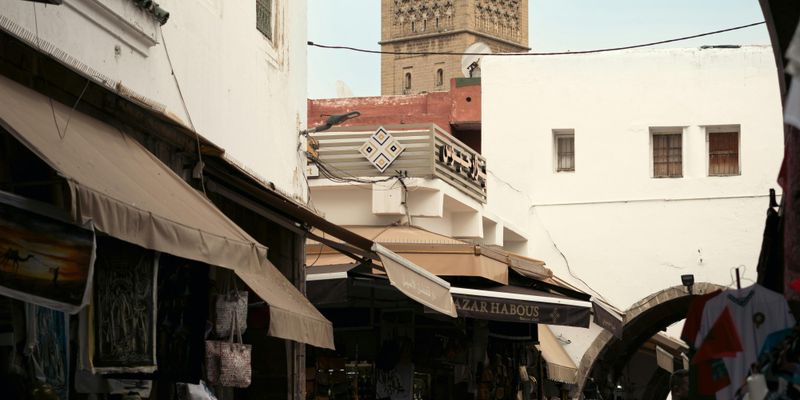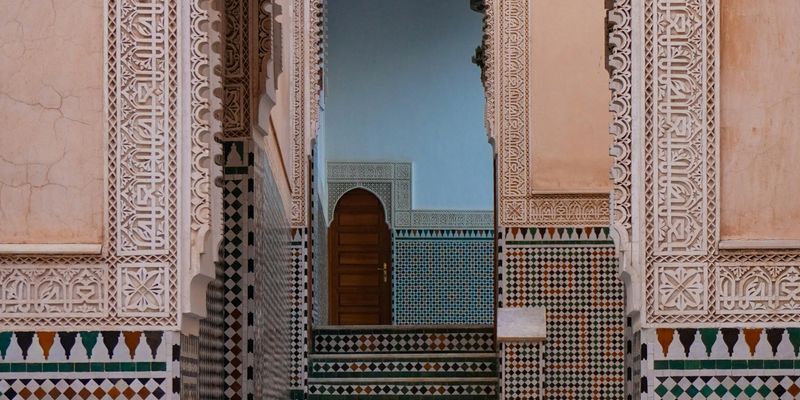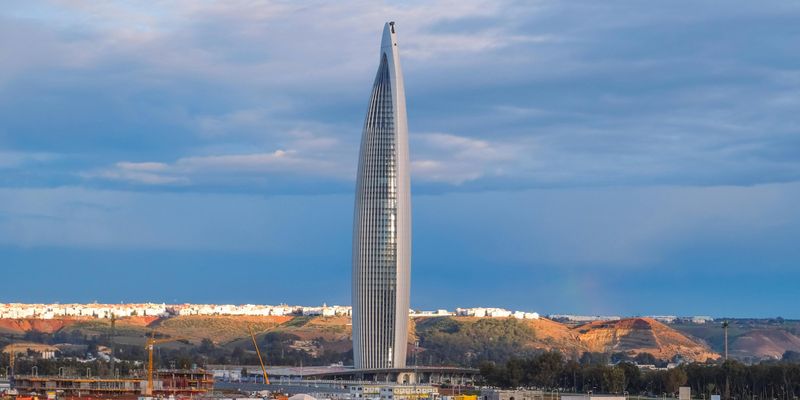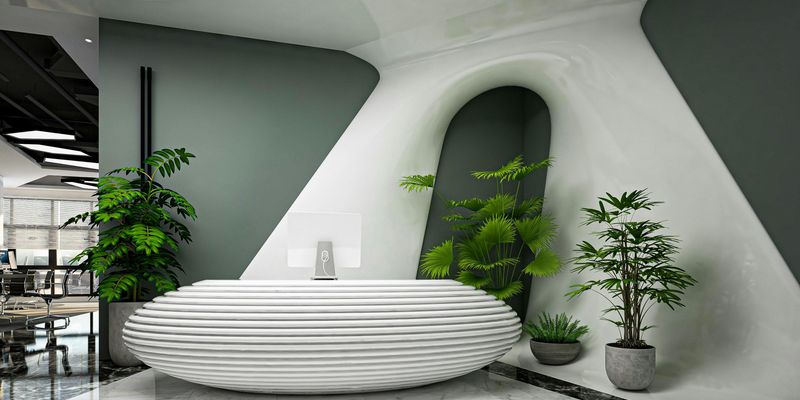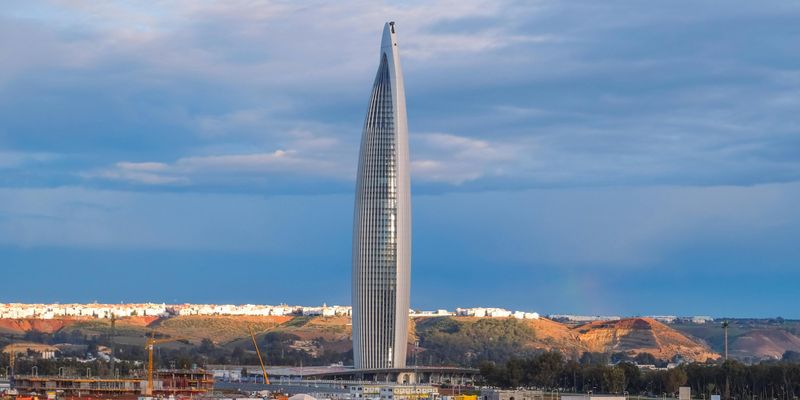
Introduction: A Tapestry of Stories in Stone
Morocco is a country where each corner, each alley, and each building tells a story. From the bustling medinas of Marrakech to the serene kasbahs of the Atlas Mountains, the architecture here is not just functional; it’s a rich tapestry woven with centuries of history, artistry, and cultural diversity. Join me as we delve into the enchanting world of Moroccan architecture and discover the stories behind these magnificent structures.
The Influence of Various Cultures
One of the most remarkable aspects of Moroccan architecture is its unique blend of influences. Over the centuries, various cultures have left their mark, creating a style that is distinctly Moroccan.
For instance, the intricate tile work known as zellige — colorful geometric designs crafted from individually cut pieces of tile — showcases influences from the Moors, while the grand arches and courtyards echo Islamic architectural principles. The impact of the French protectorate in the early 20th century is evident in the wider avenues of Casablanca and the art deco buildings that dot the cityscape.
Highlights of Diverse Architectural Styles
As you wander through Morocco, several architectural masterpieces stand out, each telling its own story.
The Majestic Kasbahs
Perched on hilltops or nestled in valleys, the kasbahs are a testament to the ingenuity of Moroccan design. Made from rammed earth and decorated with stucco designs, these fortresses were built for protection and served as residences for local leaders. A visit to Kasbah Ait Benhaddou, a UNESCO World Heritage site, feels like stepping into a movie set. The mud-brick walls glow amber in the sun, while the narrow alleys speak of centuries of life.
The Vibrant Medinas
Every Moroccan city boasts a medina — a densely packed historic district teeming with vibrant souks and stunning architecture. Take the medina of Fez, for example, home to the world’s oldest university, Al Quaraouiyine. The intricate woodwork, soaring minarets, and the echo of artisans at work share stories of a rich intellectual and cultural heritage.
The Splendor of Palaces
And then, of course, there are the palaces that embody Morocco's royal history. Palais Bahia in Marrakech is a perfect example, with its lush gardens and intricate mosaics. Walking through its halls, one can almost hear the laughter of past royal families and the whispers of diplomatic discussions, each echoing off the cool tadelakt walls.
The Stories Behind the Architecture
The true beauty of Moroccan architecture lies not just in its aesthetics but in the stories it tells. Each building, each design choice, is imbued with meaning. A simple riad (traditional house) with its inner courtyard symbolizes tranquility and familial unity, meant for gathering and sharing. The use of natural light and water features within these spaces speaks to the Moroccan relationship with nature, creating a sense of peace and reflection.
Moreover, the art of building is often collaborative. Families and artisans gather on construction sites, sharing knowledge and skills. This community aspect is an integral part of Moroccan life, demonstrating how architecture requires more than just materials; it demands a shared vision and collective effort.
Conclusion: A Journey Through Time
Walking through Morocco is like strolling through a living museum where each structure is a chapter in the country's vast narrative. The architecture here serves as a bridge between past and present, capturing the essence of Moroccan identity and resilience.
So whether you're captivated by the vibrant tiles, the robust earthen walls, or the delicate carvings that seem to whisper tales of yore, remember that Moroccan architecture speaks a language all its own — a thousand stories waiting to be discovered. I invite you to explore these stories, to wander freely and allow the rhythm of this enchanting land to resonate with your soul.
